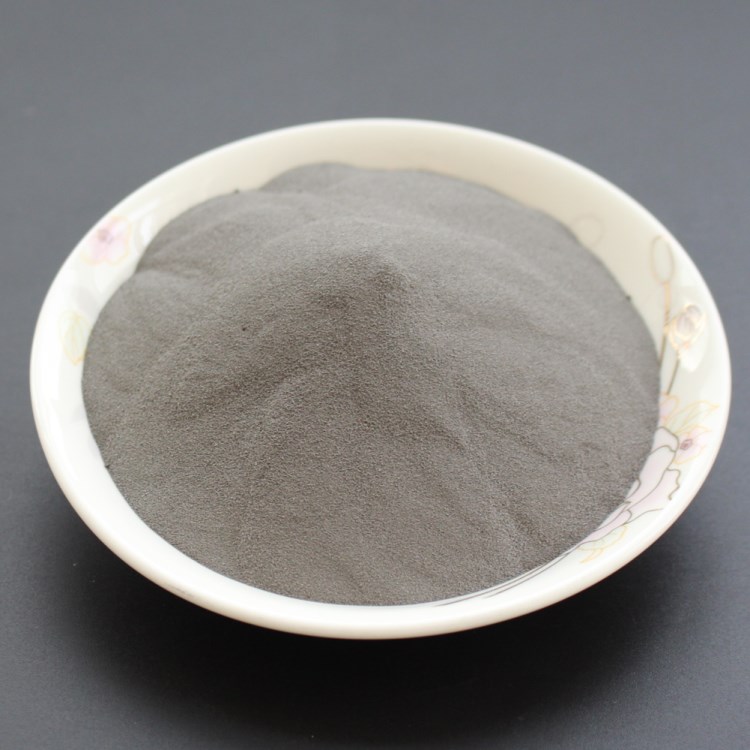Industry news
What are the factors that affect the conversion rate of sponge iron metal?
Sponge iron production process
The production of sponge iron is obtained by rolling steel oxide scale, high temperature roasting in tunnel kiln or rotary kiln, and reduction of iron oxide by reducing agent pulverized coal. The metal conversion rate has an important influence on the quality and production cost of the final reduced iron powder.
The reduction of roasting temperature of sponge iron has a great influence on the reduction process of iron oxide scale. As the temperature of reduction roasting increases, the index of metal conversion rate gradually improves. When the temperature reaches 1050 ° C, the conversion of metal reaches about 97.48%. Continue to raise the temperature, the metal conversion rate does not increase, and will increase energy consumption. Therefore, proper temperature rise can promote the reduction of iron oxides and the gasification of carbon, but the increase of temperature is easily restricted by the slag remelting in the reducing agent anthracite powder and the formation of low-melting minerals such as 2FeO·SO2. Therefore, the temperature inside the reactor should be controlled to reach the optimum temperature to shorten the reduction roasting time.
What are the measures to increase the metal conversion rate?
The use of high quality anthracite as a reducing agent can increase the rate of reduction. As a raw material for the production of reduced iron powder, high-quality anthracite as a reducing agent can reduce the reduction temperature, increase the metal conversion rate, shorten the reduction time, thereby reducing the production energy consumption and production cost, and obtaining better economic benefits.

Categories
Latest News
- mild steel iron powder, Mild Seel Iro Powder: A Comprehesive Overview2024-04-09
- magnetite and iron powder,The Properies of Mageie2024-04-09
- iron dust for sale, high quality iron powder for sale2024-04-09
- carbonyl iron powder, Introduce carboyl iro powder2024-04-02
- iron oxide powder pigment, What is iron oxide powder pigment?2024-04-02
Contact Us
Contact: Ms.Anna Fei
Phone: +86-15036079565
Tel: +86-371-64368520
Email: info@meiqicn.com
Add:BEISHANKOU TOWN, GONGYI CITY, HENAN, CHINA 451200
